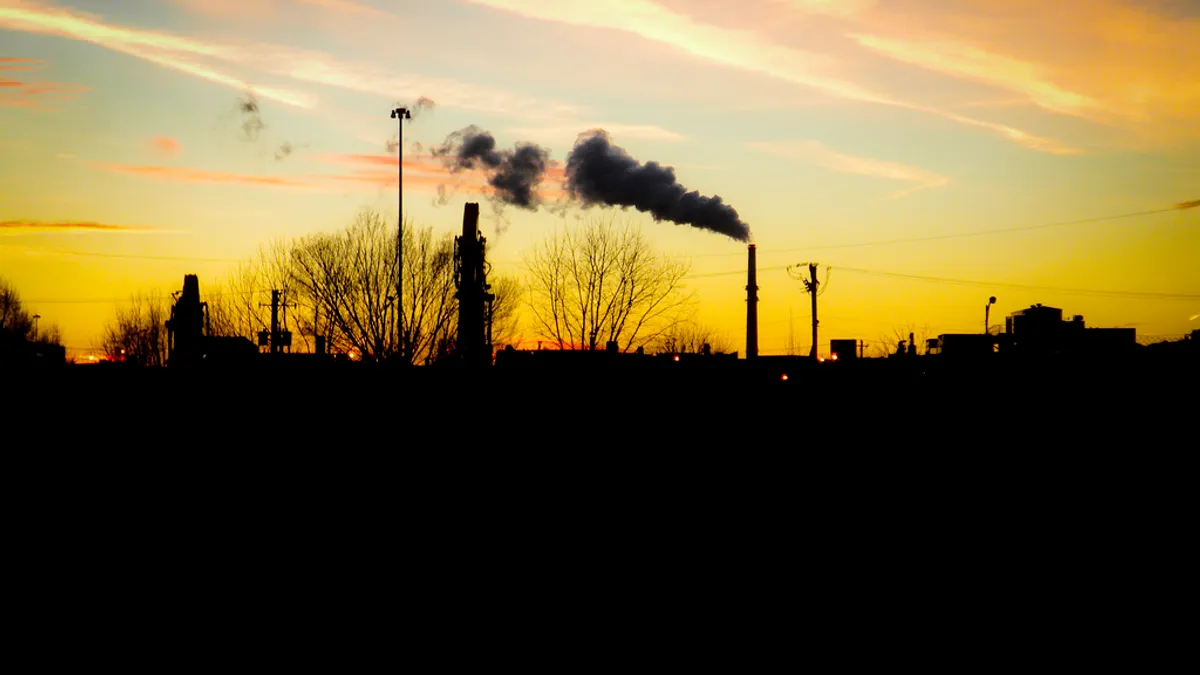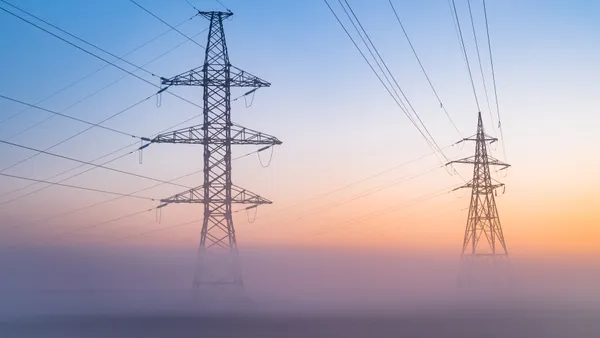Dive Brief:
- With interest in carbon capture running high, scientists working on the Wallula Basalt Pilot Project in Washington state have shown it is possible to capture carbon dioxide and store it underground in mineral form, making it impossible for escape, Climate Central reports.
- The project has successfully injected CO2 into underground lava flows, with the gas then solidifying into a mineral called ankerite in just a couple of years.
- While carbon capture and sequestration (CCS) has typically been an expensive proposition, the global push towards decarbonization has spiked interest in the technology and its potential to keep older power plants online.
Dive Insight:
One of the world’s first carbon storage projects focused on basalt formations, the Big Sky Carbon Sequestration Partnership is based out of Montana State University’s Energy Research Institute and is supported by the U.S. Department of Energy. The project has completed successful injection of almost 1,000 tons of CO2 into the Grande Ronde basalt formation and so far the results have been good.
“This study further supports the idea that one of the major rock types on the planet — basalts — can be used to store carbon dioxide permanently and safely,” study lead author Pete McGrail told Climate Central.
According to the project's post-injection findings, modeling efforts indicate the injected CO2 remains within the targeted formation and at a depth between 2,720 feet and 2,785 feet.
Earlier this month, some of the largest oil and and companies in the world committed to a decade-long, $1 billion effort to reduce emissions that would largely focus on carbon capture and storage technologies. The group includes Total, BP, Repsol, Statoil, Pemex and Reliance Industries.
The Oil and Gas Climate Initiative said it will examine solutions to issues like high capital and operating costs, a lack of consistent policy support for carbon capture, and uncertainty around world storage capacity.
Carbon capture is considered an expensive technology and the possibility of making it more secure and affordable could be a boon to coal-fired plants. In September, for instance, a DOE concluded it would cost at least $1.2 billion to turn the Colstrip coal plant in Montana into a clean coal plant.
A range of CCS technology is being considered: Fuel Cell Energy and ExxonMobil have selected a location in Alabama to test a fuel cell carbon capture technology that involves a carbonate fuel cell that will be used to concentrate and capture a portion of the carbon dioxide emissions from a power plant as part of the fuel cells' power generation process.















